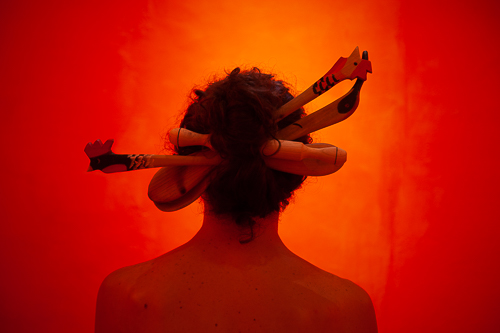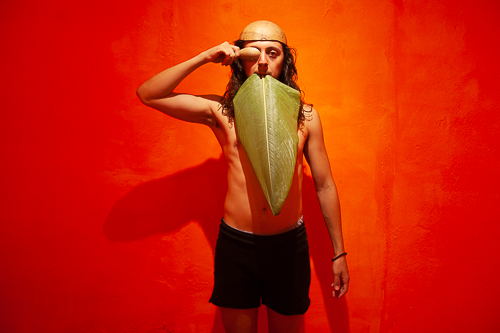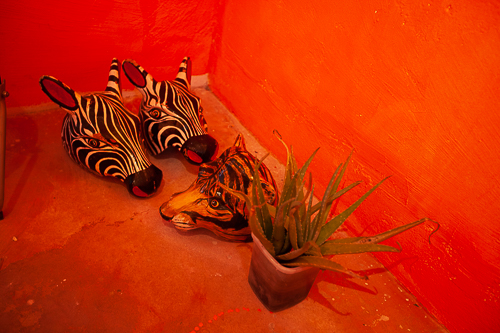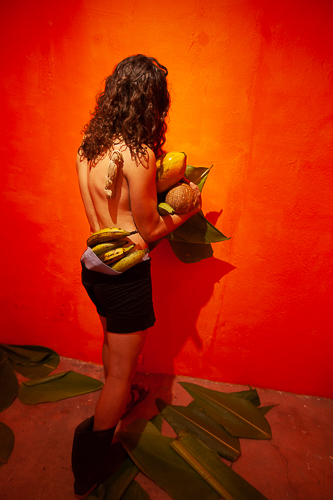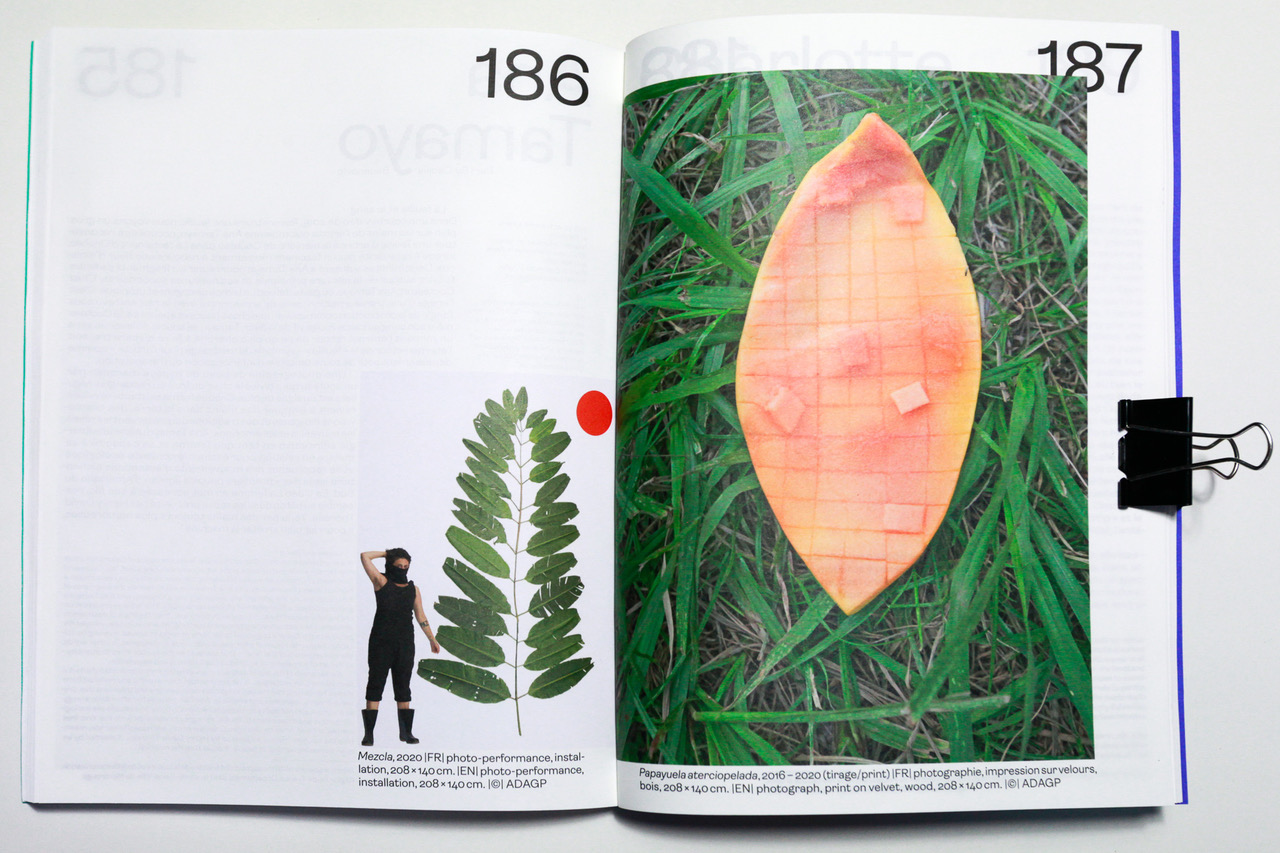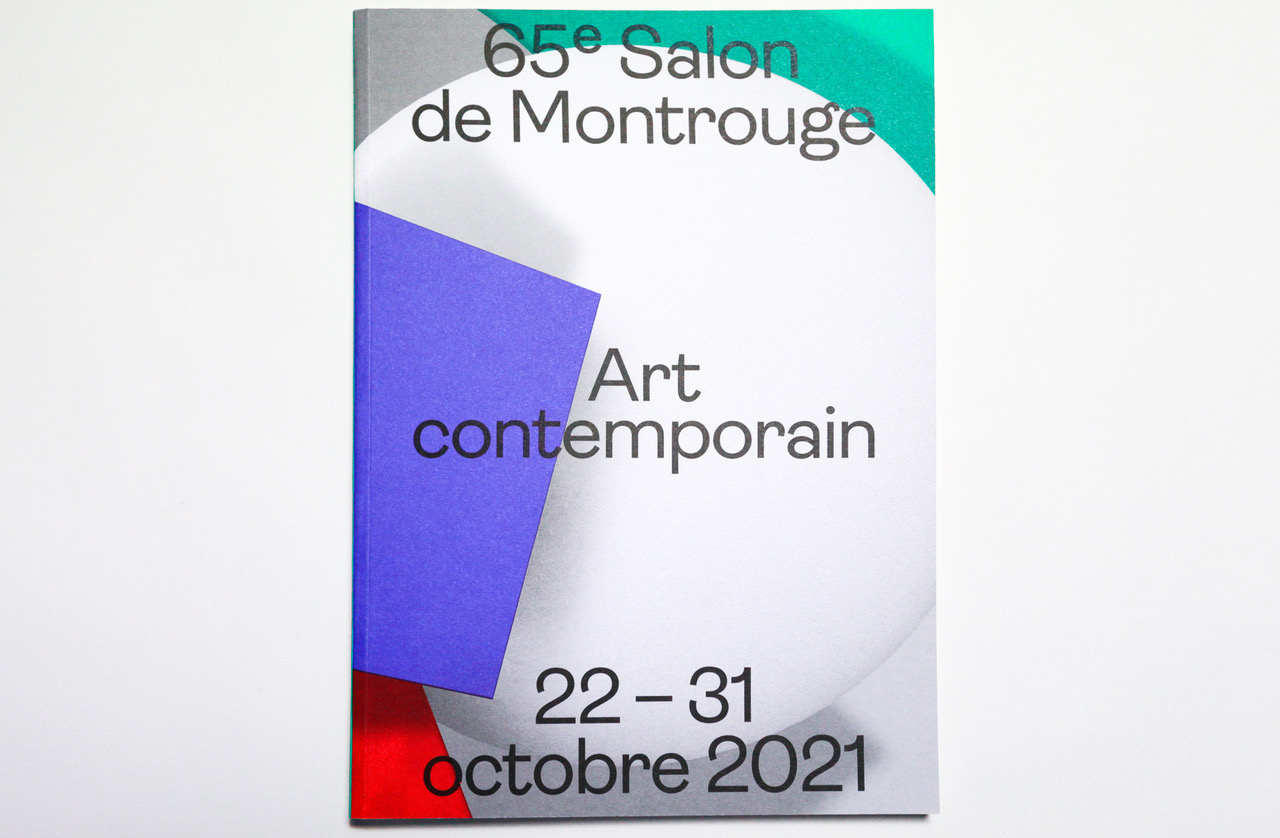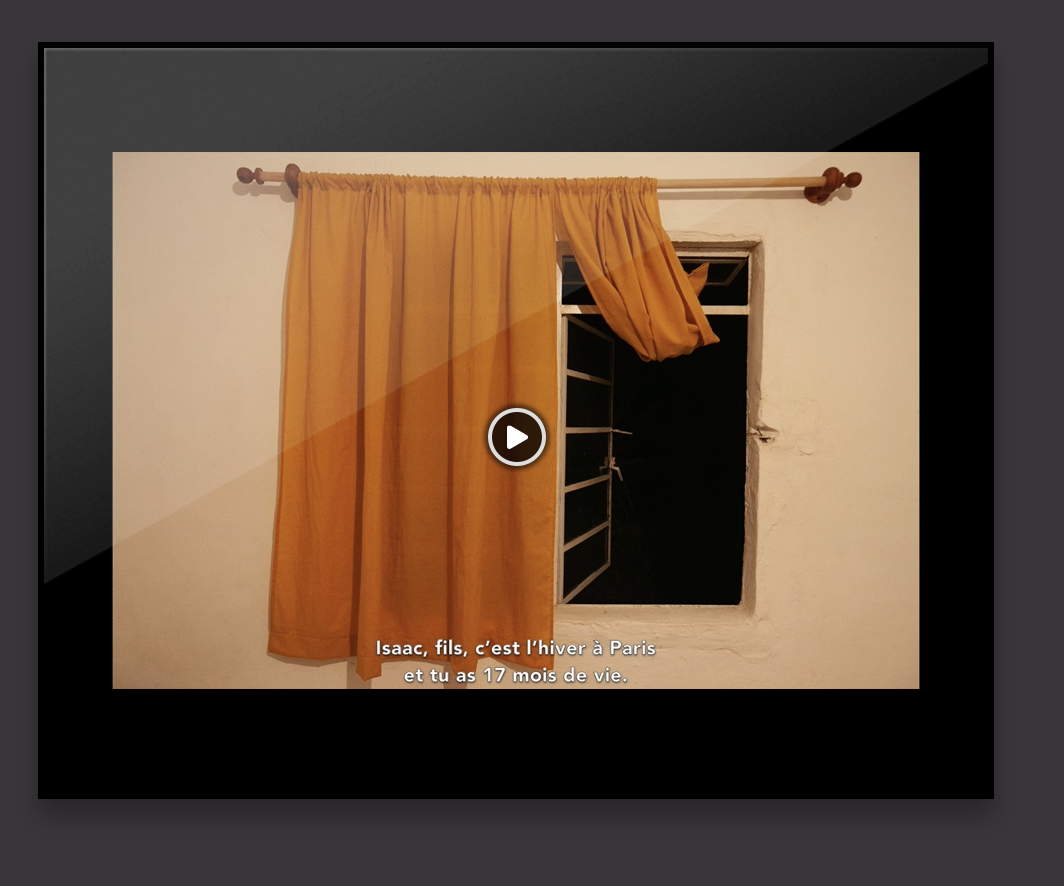MEZCLA AUTÓNOMA
Caribe, Colombia
![]()
Vue de l’installation, 65e Salon de Montrouge, 2021
![]()
![]()
![]()
![]()
![]()
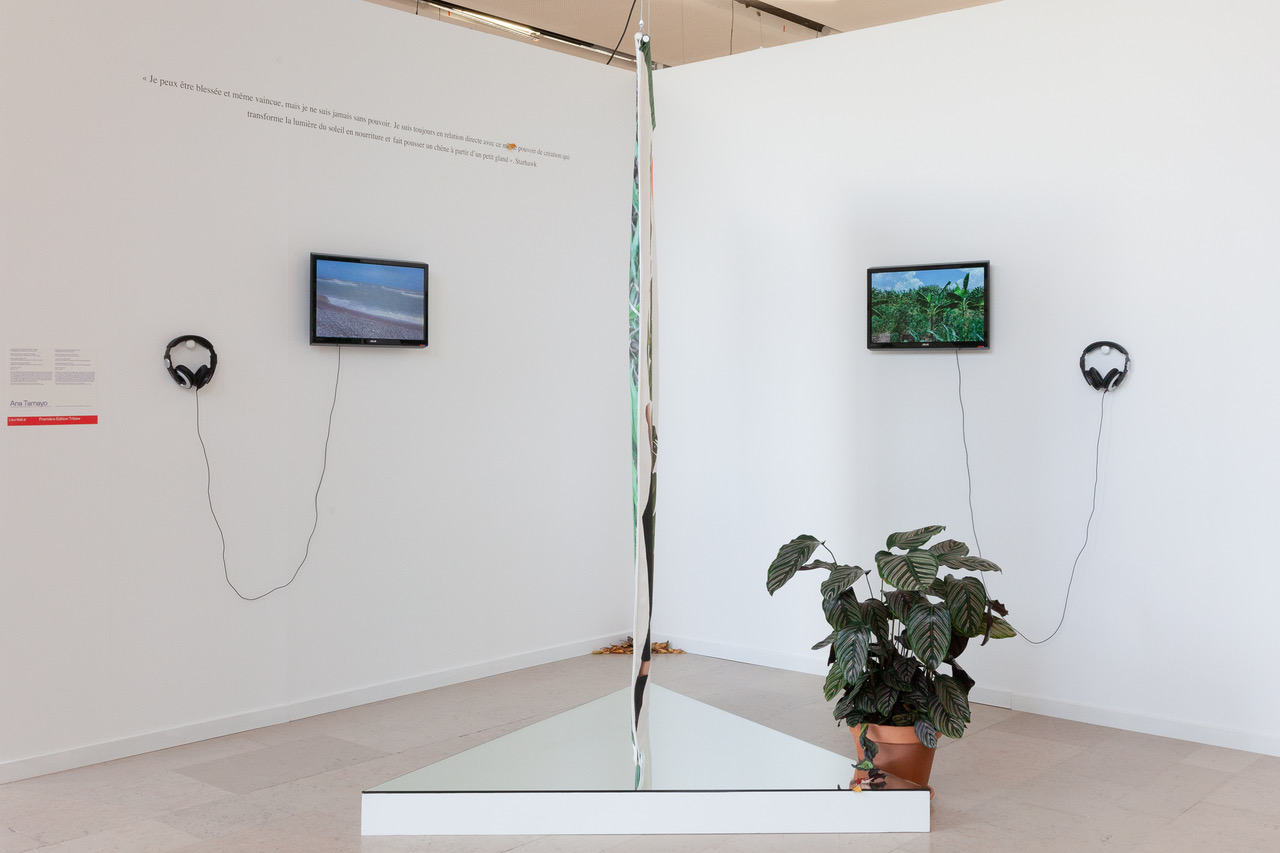
Vue de l’installation, 65e Salon de Montrouge, 2021
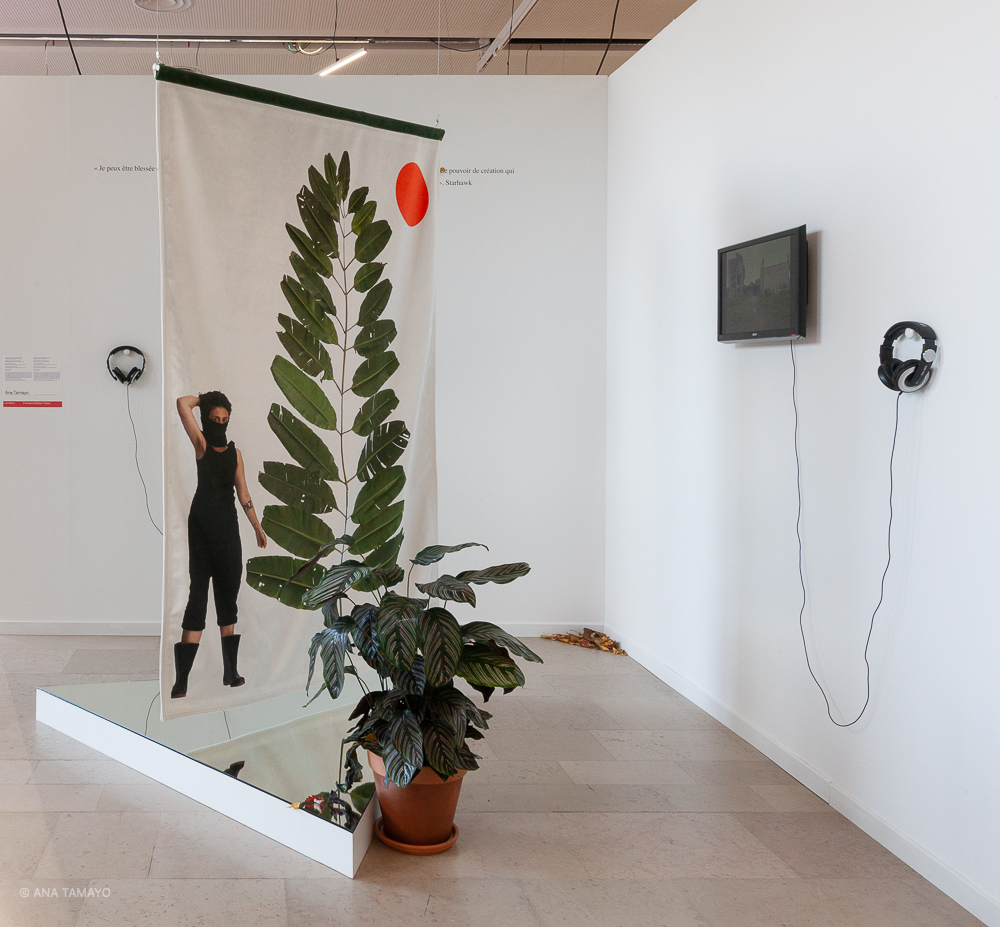
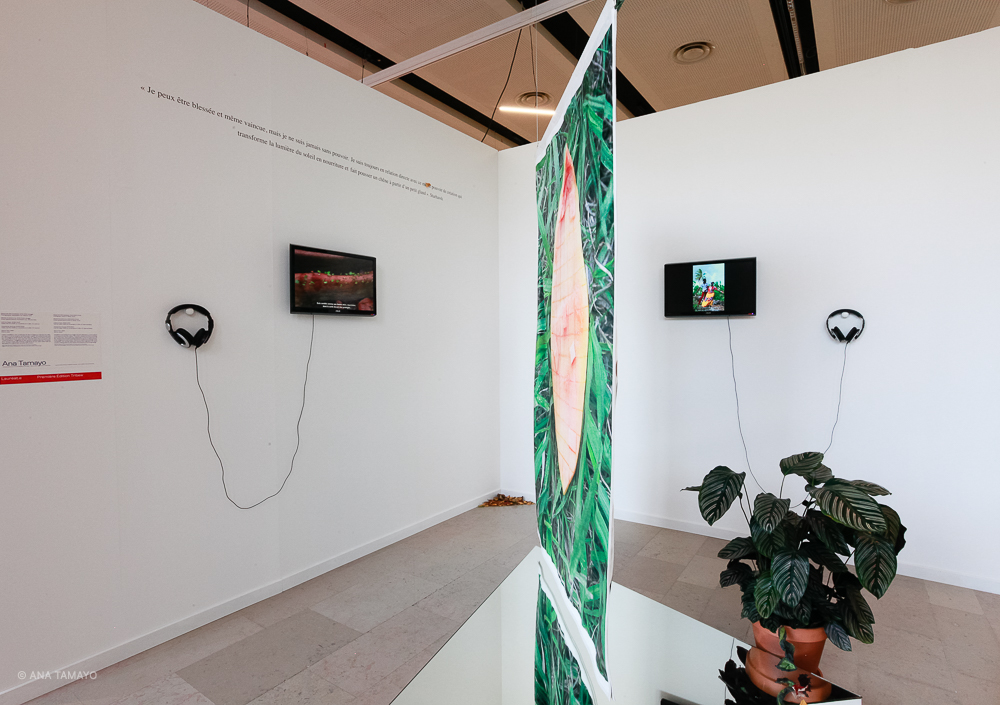
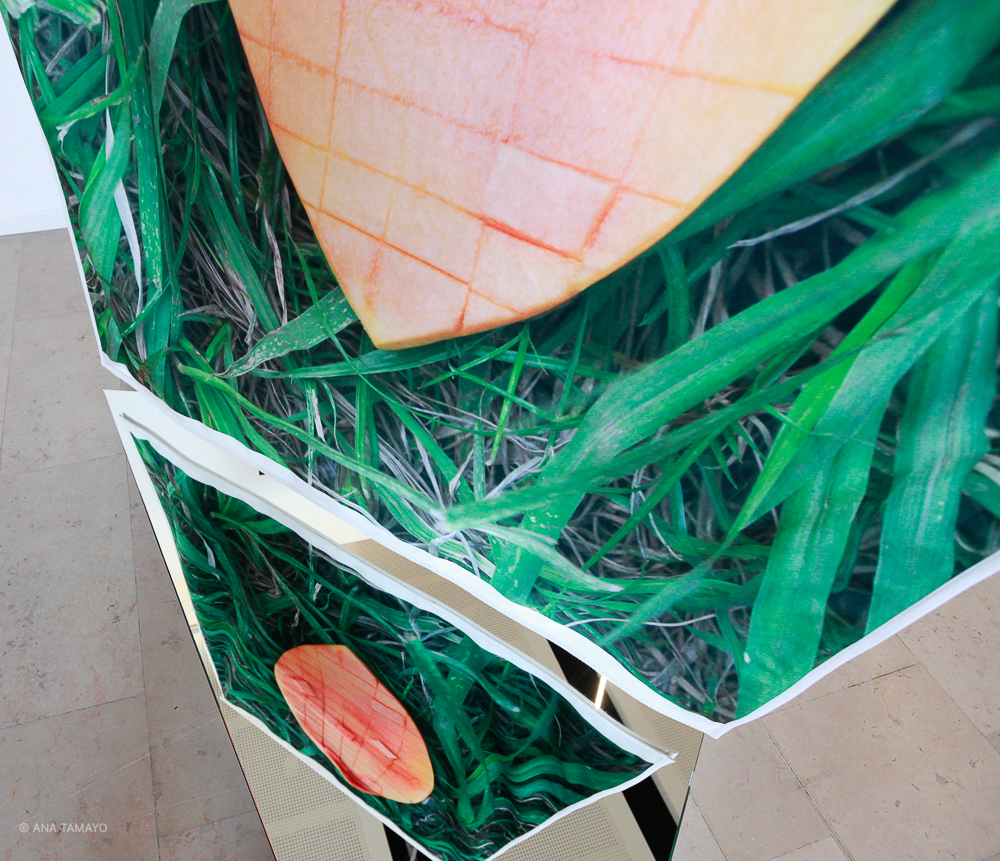
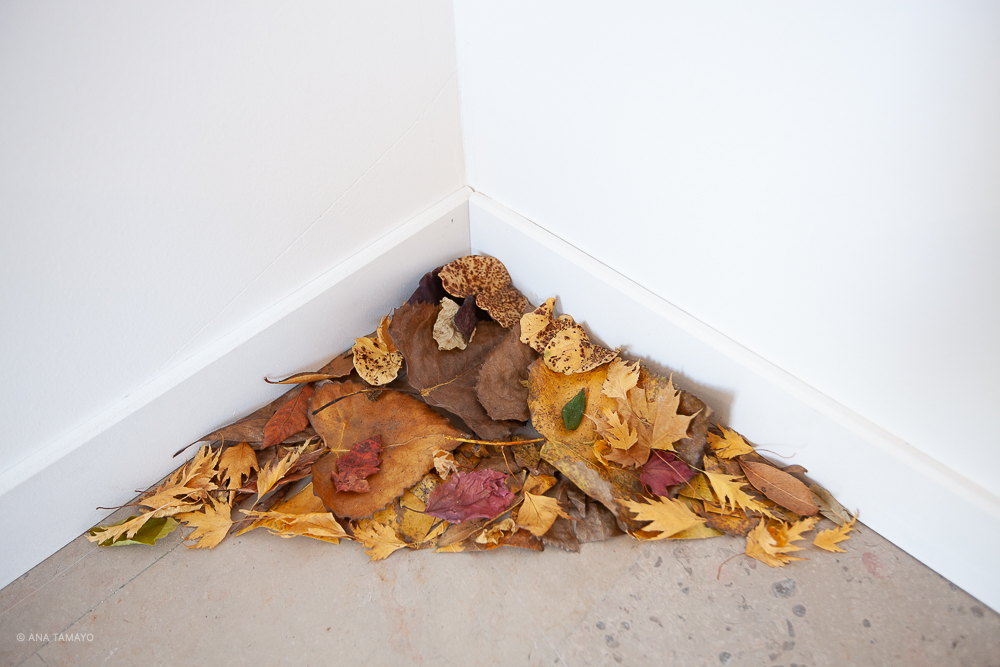




Photo-performance, Impression sur velours, bois, 140cm x 212cm, 2019-2020.
Catalogue 65e Salon de Montrouge, texte La Feuille et le Sang, Cécilia Becanovic, Paris, France, 2021.
Lien vers 65 Salon de Montrouge
LA FEUILLE ET LE SANG
Cécilia Becanovic
65è SDM
Dans une courte vidéo de 2015, Reconstruire une feuille, nous voyons un gros plan sur les mains de l’artiste colombienne Ana Tamayo, occupées à reconstituer une feuille d’arbre à la manière de Cocteau dans Le testament d’Orphée, lorsqu’il ressuscite par un fascinant mouvement à rebours une fleur d’hibiscus. Deux minutes suffisent à Ana Tamayo pour réunir les fragments de limbe foliaire autour de la nervure principale et ses nervures secondaires. Chez Cocteau et Ana Tamayo, ce geste défend un temps divergent et utopique. C’est l’image d’une transformation : celle de la rencontre avec le réel entrevu sous l’angle de la destruction commutée en une chose douce et apaisante. Si Cocteau mêle son sang au calice rouge vif de la fleur, Tamayo se soucie de lever un sens en mimant l’éternel retour de ce qu’on a cherché à faire disparaître, soit l’éternel retour de la « feuille » – symbole du métissage pour l’artiste – comme dépassement actif de toute tentative d’infériorisation ou d’amputation.
Une photographie de peau de papaye marquée par un couteau qui a divisé la chair du fruit en rectangles réguliers est un signe de plus. Chaque forme existante revisitée revient à évoquer des mains dans la terre, des cosmovisions indigènes et des traditions qui préservent les rêves, les souvenirs et les émotions. Ana Tamayo utilise une énergie affirmative en tant que femme et sa capacité à se mettre en relation pour évaluer le contexte écologique et se rapprocher des mouvements d’autonomie alimentaire issus des « premiers peuples libres » d’Amérique du Sud. La vidéo Lettre à Isaac, adressée à son fils, ressemble au bâton dans les roues préconisé par Henry David Thoreau. Tenu par des mains toujours plus nombreuses, il pourrait bien arrêter la machine.
...
ES
En un breve vídeo de 2015, Reconstruyendo una hoja, vemos un primer plano de las manos de la artista colombiana Ana Tamayo ocupadas en reconstruir una hoja de árbol a la manera de Cocteau en El testamento de Orfeo, cuando resucita una flor de hibisco con un fascinante movimiento hacia atrás. Ana Tamayo sólo necesita dos minutos para recomponer los fragmentos del limbo alrededor de la vena principal y sus venas secundarias. Para Cocteau y Ana Tamayo, este gesto defiende un tiempo divergente y utópico. Es la imagen de una transformación: la del encuentro con la realidad vista desde el ángulo de la destrucción convertida en algo dulce y tranquilizador. Si Cocteau mezcla su sangre con el cáliz rojo brillante de la flor, Tamayo se ocupa de levantar un sentido mimetizando el eterno retorno de lo que hemos querido hacer desaparecer, es decir, el eterno retorno de la "hoja" -símbolo del mestizaje para el artista- como superación activa de cualquier intento de inferiorización o amputación.
Una fotografía de la piel de una papaya marcada por un cuchillo que ha dividido la pulpa de la fruta en rectángulos regulares es una señal más. Cada forma existente revisada equivale a evocar las manos en la tierra, las cosmovisiones indígenas y las tradiciones que preservan los sueños, los recuerdos y las emociones. Ana Tamayo utiliza una energía afirmativa como mujer y su capacidad de relación para valorar el contexto ecológico y conectar con los movimientos de autonomía alimentaria de los "primeros pueblos libres" de Sudamérica. El vídeo Carta a Isaac, dirigido a su hijo, es como el palo en la rueda preconizado por Henry David Thoreau. Sostenida por más manos, bien podría detener la máquina.
EN
In a short video from 2015, Reconstructing a Leaf, we see a close-up of Colombian artist Ana Tamayo's hands busy reconstructing a tree leaf in the manner of Cocteau in The Testament of Orpheus, when he resurrects a hibiscus flower with a fascinating backward motion. Two minutes are enough for Ana Tamayo to reassemble the fragments of the leaf blade around the main vein and its secondary veins. For Cocteau and Ana Tamayo, this gesture defends a divergent and utopian time. It is the image of a transformation: that of the encounter with reality seen from the angle of destruction switched into something sweet and soothing. If Cocteau mixes his blood with the bright red calyx of the flower, Tamayo is concerned with lifting a meaning by mimicking the eternal return of what we have sought to make disappear, that is to say the eternal return of the "leaf" - symbol of miscegenation for the artist - as an active overcoming of any attempt at inferiorization or amputation.
A photograph of papaya skin marked by a knife that has divided the flesh of the fruit into regular rectangles is one more sign. Each existing form revisited amounts to evoking hands in the earth, indigenous cosmovisions and traditions that preserve dreams, memories and emotions. Ana Tamayo uses an affirmative energy as a woman and her ability to relate to assess the ecological context and connect with the food autonomy movements from the "first free peoples" of South America. The video Letter to Isaac, addressed to her son, resembles the stick in the wheel advocated by Henry David Thoreau. Held by ever more hands, it could well stop the machine.
LA FEUILLE ET LE SANG
Cécilia Becanovic
65è SDM
Dans une courte vidéo de 2015, Reconstruire une feuille, nous voyons un gros plan sur les mains de l’artiste colombienne Ana Tamayo, occupées à reconstituer une feuille d’arbre à la manière de Cocteau dans Le testament d’Orphée, lorsqu’il ressuscite par un fascinant mouvement à rebours une fleur d’hibiscus. Deux minutes suffisent à Ana Tamayo pour réunir les fragments de limbe foliaire autour de la nervure principale et ses nervures secondaires. Chez Cocteau et Ana Tamayo, ce geste défend un temps divergent et utopique. C’est l’image d’une transformation : celle de la rencontre avec le réel entrevu sous l’angle de la destruction commutée en une chose douce et apaisante. Si Cocteau mêle son sang au calice rouge vif de la fleur, Tamayo se soucie de lever un sens en mimant l’éternel retour de ce qu’on a cherché à faire disparaître, soit l’éternel retour de la « feuille » – symbole du métissage pour l’artiste – comme dépassement actif de toute tentative d’infériorisation ou d’amputation.
Une photographie de peau de papaye marquée par un couteau qui a divisé la chair du fruit en rectangles réguliers est un signe de plus. Chaque forme existante revisitée revient à évoquer des mains dans la terre, des cosmovisions indigènes et des traditions qui préservent les rêves, les souvenirs et les émotions. Ana Tamayo utilise une énergie affirmative en tant que femme et sa capacité à se mettre en relation pour évaluer le contexte écologique et se rapprocher des mouvements d’autonomie alimentaire issus des « premiers peuples libres » d’Amérique du Sud. La vidéo Lettre à Isaac, adressée à son fils, ressemble au bâton dans les roues préconisé par Henry David Thoreau. Tenu par des mains toujours plus nombreuses, il pourrait bien arrêter la machine.
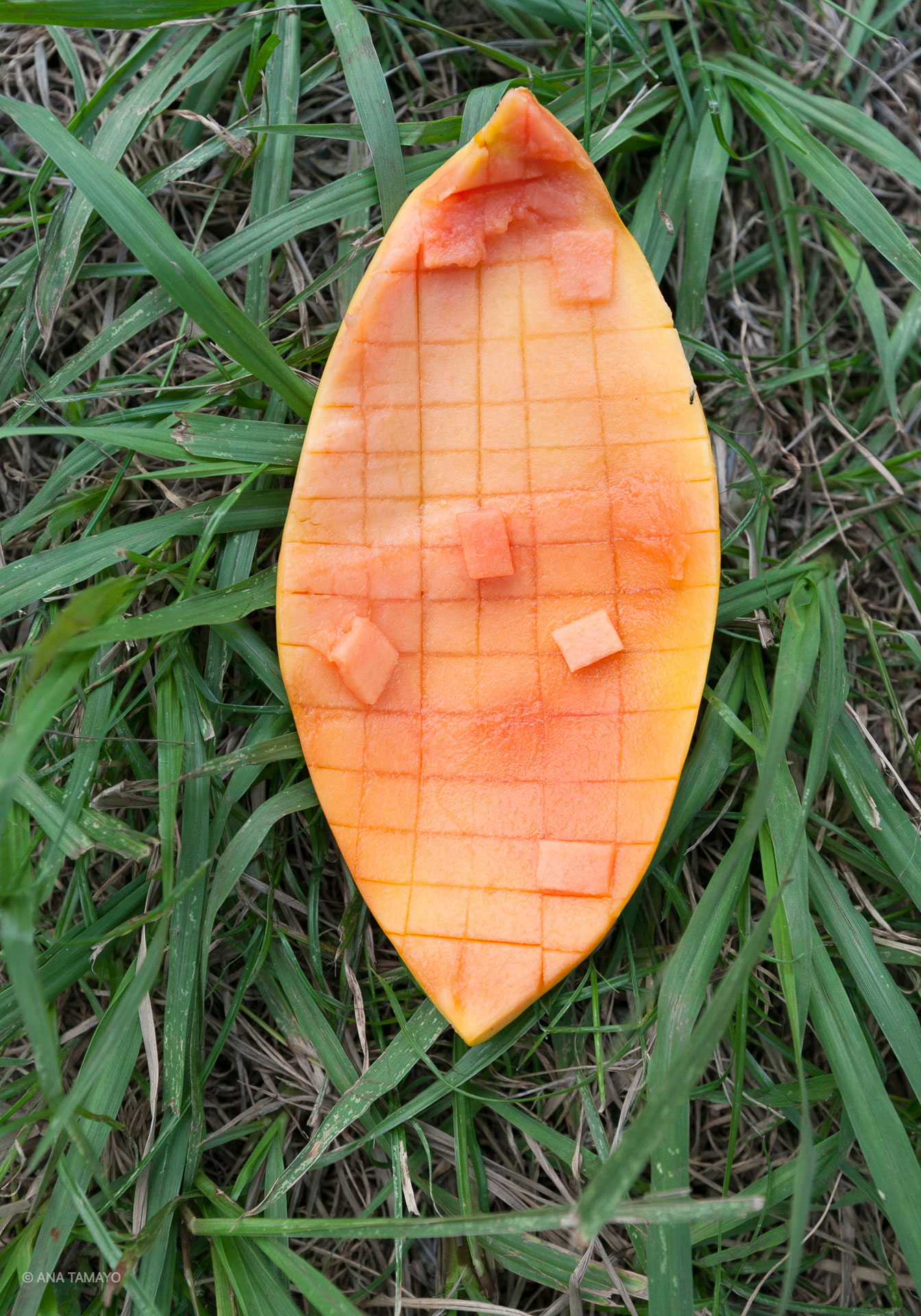
Papayuela Aterciopelada, Installation, Impression photographique sur Velours,
140cm x 212cm, 2016-2020.

Lettre à Isaac, vidéo Full HD (1080p) transférée à H.264, 11’00 min, 2021
(pour regarder la vidéo me contacter svp)
![]()
Hacedoras de lluvia, vidéo, Full HD (1080p) transférée à H.264, 11’49 min, 2020
(pour regarder la vidéo me contacter svp)

